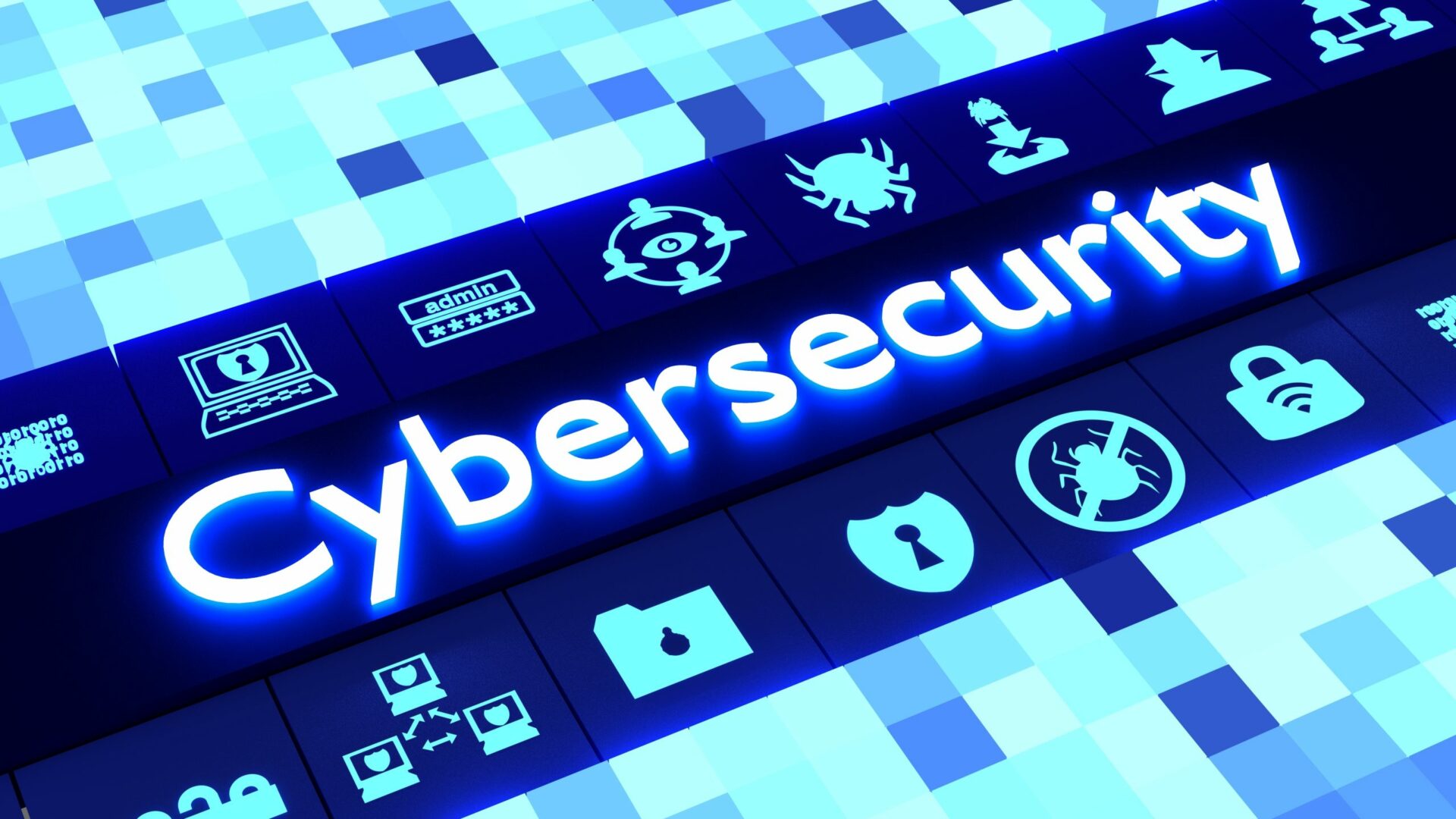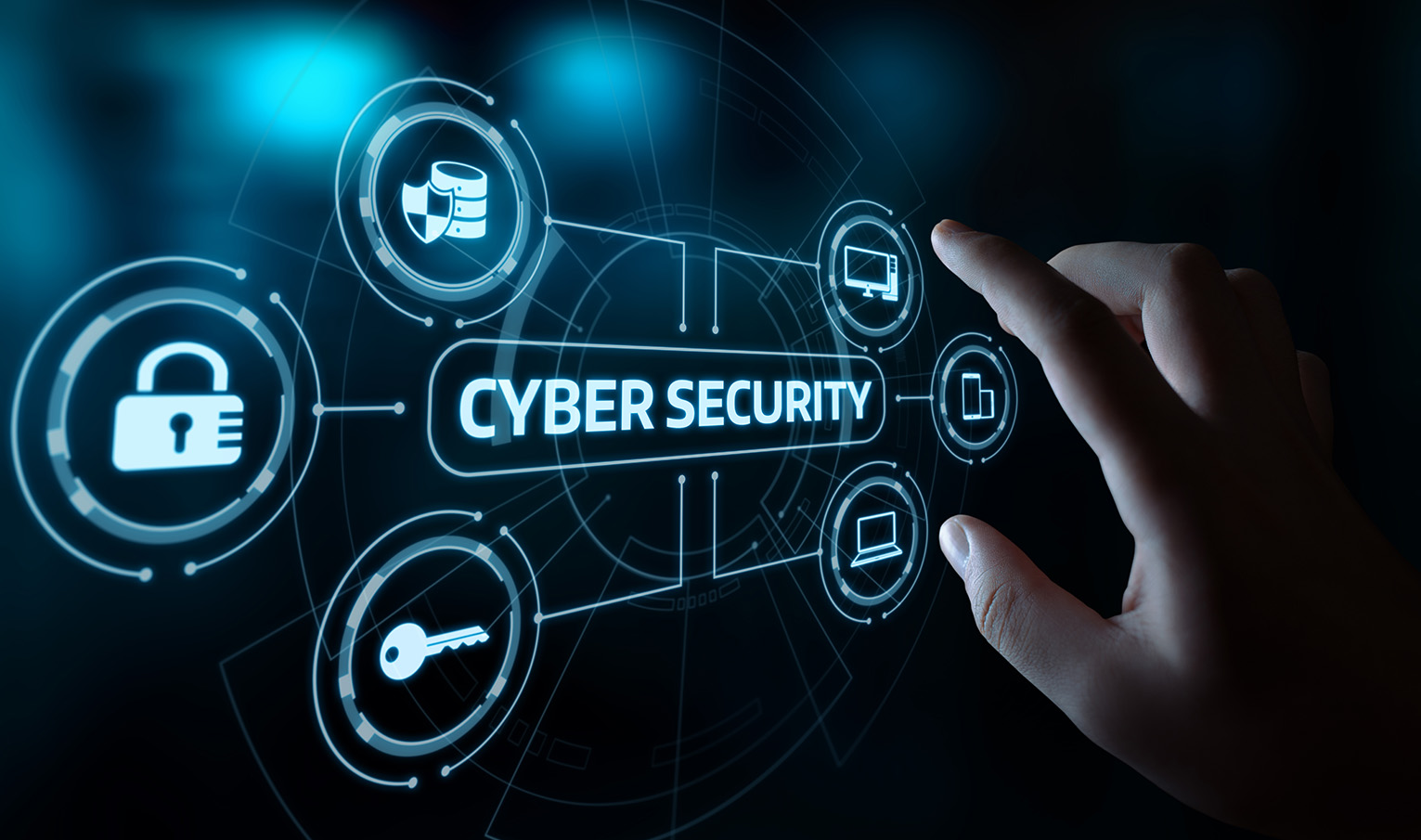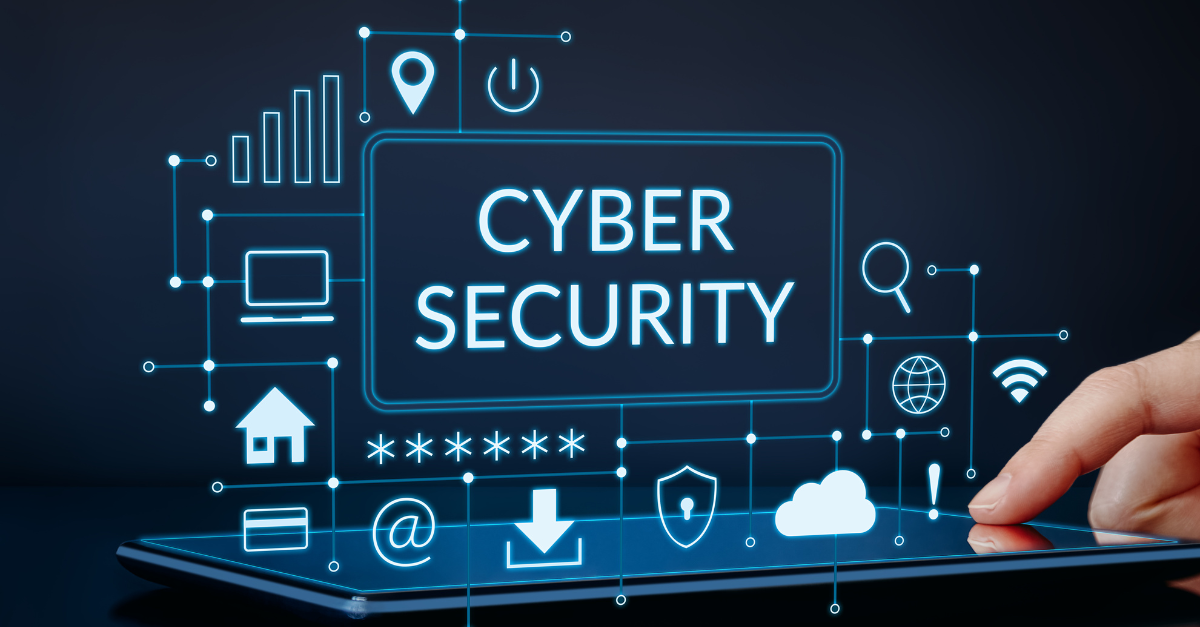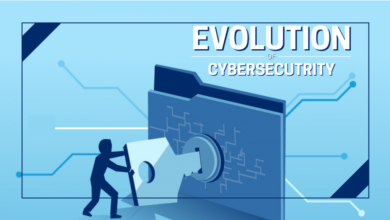Guide to Cybersecurity

In today’s digital world, cybersecurity isn’t just for tech experts—it’s something everyone should understand. Whether you’re browsing the web, shopping online, or running a business, you’re a potential target for cybercriminals. This article aims to break down what cybersecurity is, the types of threats you might face, and how you can protect yourself and your information from these dangers.
What Exactly Is Cybersecurity?
Cybersecurity is safeguarding your devices, networks, and data from unauthorized access or attacks. These attacks can range from someone trying to steal your personal information to hackers attempting to shut down entire networks. The goal of cybersecurity is to ensure three main things:
1. Confidentiality: Ensure that sensitive information is only accessed by those with permission.
2. Integrity: Ensuring that data is accurate and hasn’t been altered or tampered with.
3. Availability: Making sure that information and systems are accessible when needed.

Common Cyber Threats You Should Know About
Cyber threats come in many forms, and understanding them is crucial to staying safe online. Here are some of the most common types:
1. Malware: This is a broad term that includes viruses, spyware, ransomware, and more. Malware is software that’s designed to damage or disable computers, steal information, or disrupt operations. Ransomware, in particular, is a type of malware that locks you out of your system until you pay a ransom.
2. Phishing: Phishing attacks involve tricking you into giving up your personal information. For example, you might receive an email that looks like it’s from your bank, asking you to click a link and enter your account details. But that link is fake, and entering your information could lead to identity theft or financial loss.
3. Man-in-the-Middle Attacks: This type of attack happens when a hacker intercepts communication between two parties, such as between you and a website. They can then eavesdrop or even alter the communication without your knowledge.
4. Denial-of-Service (DoS) Attacks: In a DoS attack, the attacker floods a website or network with so much traffic that it becomes overwhelmed and can’t function properly. This can prevent legitimate users from accessing the service.
5. SQL Injection: This is a technique where attackers insert malicious code into a database query. If successful, they can access, modify, or delete the data stored in the database, potentially causing significant damage.
6. Zero-Day Exploits: These are attacks that target vulnerabilities in software that the software maker doesn’t know about yet. Because there’s no fix available, these attacks can be particularly dangerous.
The Role of Human Error in Cybersecurity
Even the best technology can’t protect you if you’re not careful. Many cyber attacks rely on human error, such as clicking on a malicious link, using a weak password, or falling for a phishing scam. That’s why it’s so important to be aware of the risks and practice good cybersecurity habits.
To reduce the risk of human error, education and awareness are key. Everyone, from individuals to employees at a business, should know how to spot suspicious emails, create strong passwords, and report any unusual activity.
Best Practices for Staying Safe Online
Protecting yourself from cyber threats doesn’t have to be complicated. Here are some simple but effective practices you can follow:
- Use Strong, Unique Passwords: Your password is often the first line of defense. Make sure it’s long, complex, and not something easily guessed. Avoid using the same password across multiple sites. A password manager can help you keep track of them.
- Enable Multi-Factor Authentication (MFA): MFA adds an extra layer of security by requiring more than just a password to log in. For example, after entering your password, you might also need to enter a code sent to your phone. This makes it much harder for attackers to access your accounts.
- Keep Your Software Up to Date: Regular updates often include fixes for security vulnerabilities. Make sure your operating system, applications, and antivirus software are always up to date to protect against the latest threats.
- Secure Your Network: Use firewalls, secure your Wi-Fi with a strong password, and consider using a virtual private network (VPN) to encrypt your internet connection. This makes it harder for hackers to access your data.
- Back-Up Your Data: Regularly backing up your data means you can recover your important information if it’s ever lost or stolen. Store these backups in a separate location, like an external hard drive or a secure cloud service.
Looking Ahead: The Future of Cybersecurity
As technology continues to evolve, so too will the methods used by cybercriminals. Emerging technologies like artificial intelligence (AI) and the Internet of Things (IoT) bring new challenges and opportunities for cybersecurity.
AI can be used to improve security by detecting threats faster and more accurately. However, it can also be used by hackers to launch more sophisticated attacks. Similarly, the growing number of IoT devices—everything from smart home gadgets to industrial sensors—means more potential entry points for attackers. Ensuring these devices are secure will be a major focus in the coming years.
On top of this, privacy regulations like the General Data Protection Regulation (GDPR) in Europe are becoming more important. These laws require businesses to protect personal data and give consumers more control over their information. Companies will need to prioritize data security not just to comply with these regulations, but also to build and maintain trust with their customers.
Conclusion
Cybersecurity is an ongoing process that requires constant attention and effort. By understanding the threats and taking proactive steps to protect yourself, you can reduce your risk and navigate the digital world more safely. Whether you’re an individual trying to keep your personal information secure or a business protecting sensitive data, cybersecurity is something you can’t afford to ignore.





